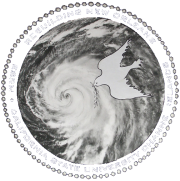Woodlands Plantation
We visited the Woodlands Plantation this afternoon where we learned about the restoration and the historical purposes the buildings served. The original plantation was created in 1834 about ten miles away from its current resting place. The buildings that were reconstructed and preserved included Spirit Hall, the original plantation house, and the original slave quarters:
On the plantation we observed alligators that live on the land year round. The biggest one came out and seemed a bit curious about us too, with a little coaxing from Foster, the owner and preservationist of the land and area:
Foster also discussed his observations of the now plentiful black-bellied-tree ducks, which were not present in the area until about ten years previously. This invasive species is indicative of climate change, and can be found crowding the levees across the pond pictured above.
We also enjoyed a a crawfish boil, as seen below:
It was many of our first times enjoying this cultural activity, and the setting couldn’t have been more beautiful.





